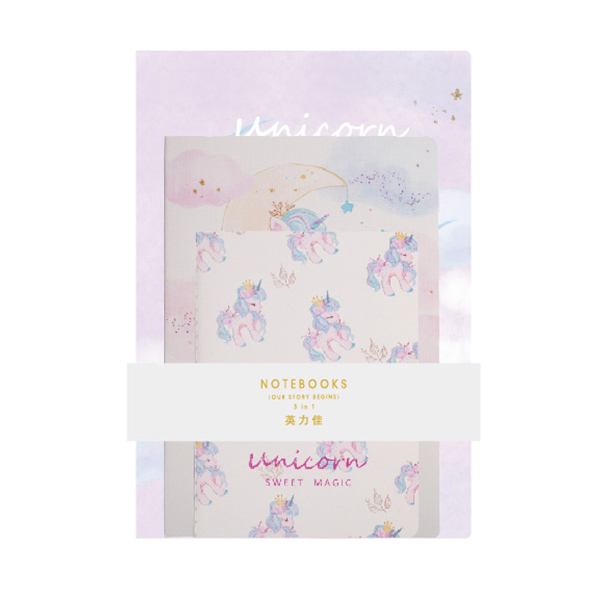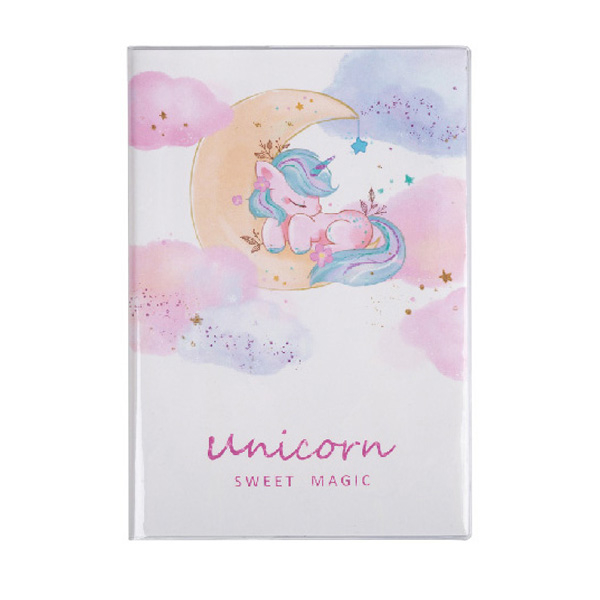Types of printing inks
The printed matter that needs to be covered should use fast-setting bright offset printing ink. The binder of the ink is composed of synthetic resin, dry vegetable oil, high-boiling point kerosene, and a small amount of colloid. Synthetic resin molecules contain polar groups, which are easy to diffuse and penetrate with the polar groups in the adhesive molecules, and generate cross-linking to form physical and chemical bonding, which is conducive to film coating; fast fixation This light offset printing ink also has the advantage of fast drying of the conjunctiva after printing, which is also very beneficial for lamination. However, it is not advisable to add too much drier during use, otherwise, the surface of the ink layer will be crystallized, which will affect the coating effect.
Addition of powder
In order to adapt to multi-color high-speed printing, the powder spraying process is often used in offset printing to solve the disadvantage of smearing on the back.
Dusting is mostly composed of cereal starch and natural suspended substances. The anti-sticking effect of dusting is mainly to form an irreversible cushion on the surface of the ink layer, thereby reducing adhesion. Due to the coarser particles, if too much powder is sprayed during the printing process, these particles will float on the surface of the printed matter. When laminating the film, the adhesive is not bonded to the ink layer everywhere but is bonded to this layer of powder, resulting in false printing. The sticking phenomenon seriously affects the quality of the film. Therefore, if the post-printing product needs to be covered with film, the amount of powder spraying should be controlled as much as possible during printing.
Printing ink layer thickness
Solid prints with thick ink layers are often difficult to bond with plastic films, and will soon delaminate and blister. This is because the thick ink layer changes the porous surface properties of the paper and closes the pores of the paper fibers, which seriously hinders the penetration and diffusion of the adhesive. The penetration of the adhesive to a certain extent is beneficial for film bonding.
Use of ink thinner
Ink thinner is a kind of substance that can lighten the color of ink. Commonly used ink thinners include white ink, virgin oil and bright oil.
White ink is a kind of ink, which is composed of white ink pigment, binder and auxiliary materials. It is often used for light color solid printing, spot color printing, and trademark pattern printing. Inferior white ink has obvious powdery particles, and it is not tightly combined with the binder. After printing, the binder will quickly penetrate into the paper, while the pigment floats on the paper and forms an obstacle to adhesion. This is why some light-color solid prints are often covered with wood. membrane reasons.




 英语
英语 西班牙语
西班牙语













